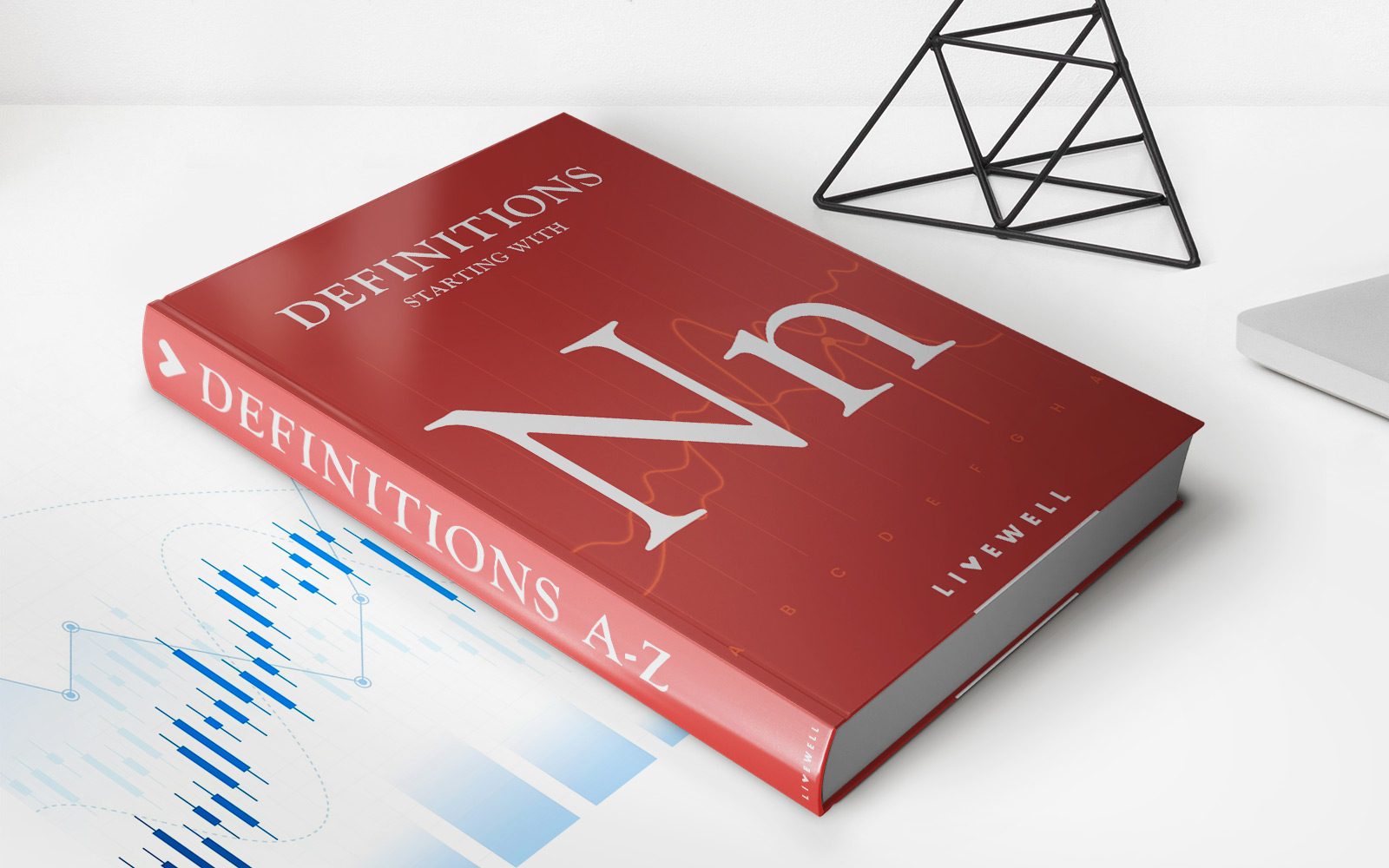

Finance
IRS Publication 531 Definition
Published: December 13, 2023
Learn the definition of IRS Publication 531 and its importance in the world of finance. Gain insights on tax deductions, credits, and more.
(Many of the links in this article redirect to a specific reviewed product. Your purchase of these products through affiliate links helps to generate commission for LiveWell, at no extra cost. Learn more)
Understanding IRS Publication 531 Definition: A Comprehensive Guide
Welcome to our Finance category, where we delve into various aspects of personal finance to help you make informed decisions and manage your money wisely. In this blog post, we will explore the IRS Publication 531 definition and provide a comprehensive guide to help you understand its implications.
Key Takeaways:
- IRS Publication 531 provides essential information about the definition and tax treatment of employee fringe benefits.
- Understanding the terms and guidelines outlined in Publication 531 is crucial for both employers and employees to ensure compliance with tax regulations.
Now, let’s dive into the details!
As they say, knowledge is power, and that holds especially true when it comes to understanding the tax implications of employee fringe benefits. The IRS Publication 531 serves as a valuable resource for employers and employees alike, providing guidance on how to define and accurately report these benefits on tax returns.
So, what exactly is IRS Publication 531 definition?
IRS Publication 531, titled “Reporting Tip Income,” not only covers reporting tip income but also provides valuable information about the tax treatment of employee fringe benefits. Additionally, it explains the significance of properly reporting and estimating the value of these benefits to avoid any potential penalties or audits.
Here are a few essential things to know about IRS Publication 531:
- Types of Fringe Benefits: The publication covers various types of fringe benefits, including health insurance, education assistance, transportation benefits, and more. Understanding these different categories will help you accurately determine which benefits are taxable and which ones are not.
- Tax Treatment: IRS Publication 531 provides detailed guidelines on how to handle each type of fringe benefit for tax purposes. It explains whether a benefit should be included in an employee’s gross income or if it qualifies for exclusion. Following these guidelines is crucial to ensure accurate reporting.
- Reporting Requirements: The publication outlines the reporting requirements for employers and employees regarding fringe benefits. It explains how to report these benefits on various tax forms and provides instructions to help you navigate through the process smoothly.
- Calculating the Value of Fringe Benefits: Assigning a fair and accurate value to fringe benefits is crucial for tax purposes. Publication 531 offers guidance on how to determine the value of different benefits, ensuring compliance with IRS regulations.
As you can see, IRS Publication 531 is a valuable resource that provides essential information on employee fringe benefits and their tax treatment. By familiarizing yourself with this publication, you can ensure compliance with tax regulations and avoid potential penalties.
To conclude, understanding the IRS Publication 531 definition is crucial for both employers and employees. It helps ensure accurate reporting of employee fringe benefits and compliance with tax regulations. By following the guidelines outlined in Publication 531, you can navigate the complexities of fringe benefits and make informed decisions.
Stay tuned for more informative content on our Finance category, where we strive to provide valuable insights to help you achieve financial success.














